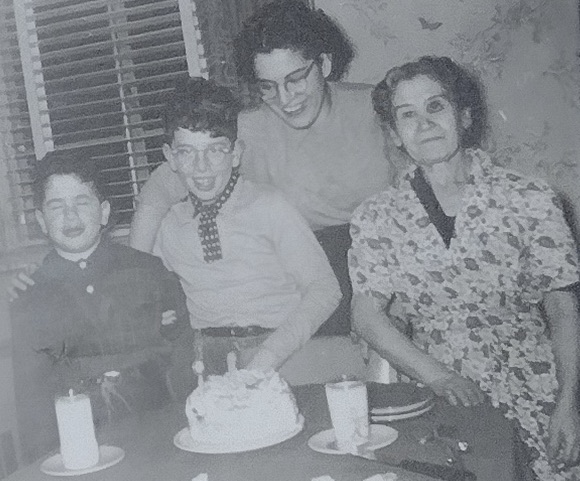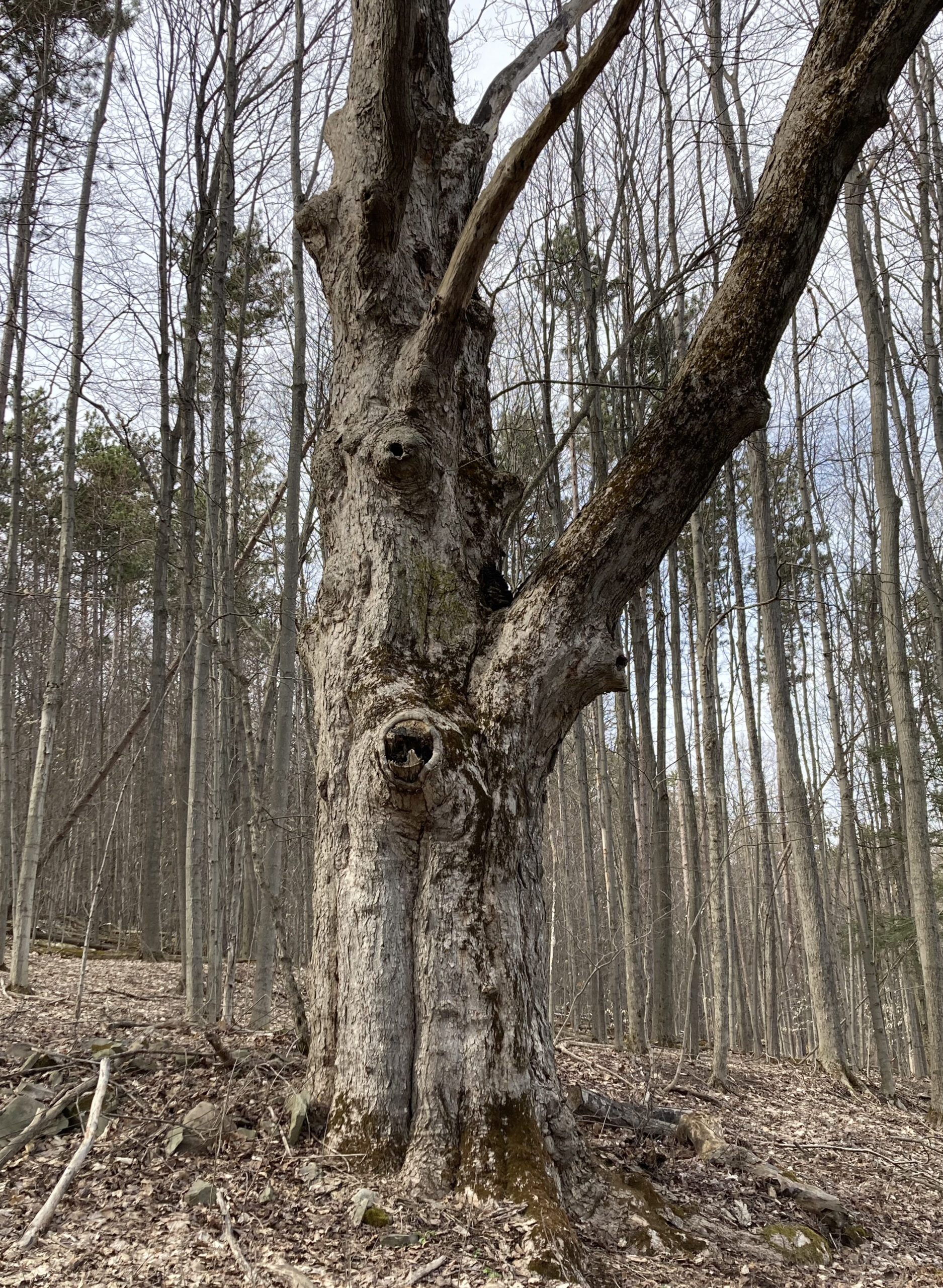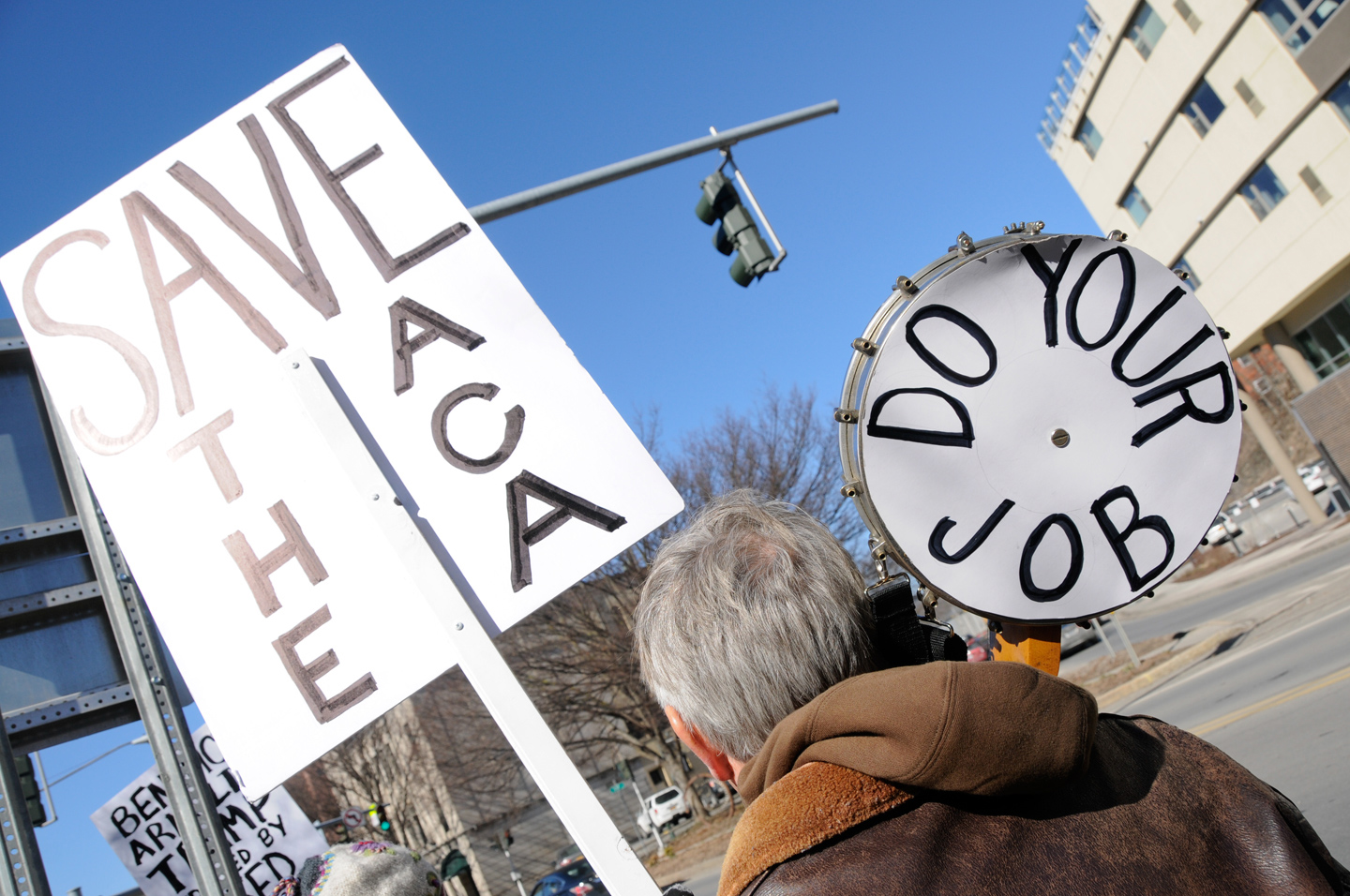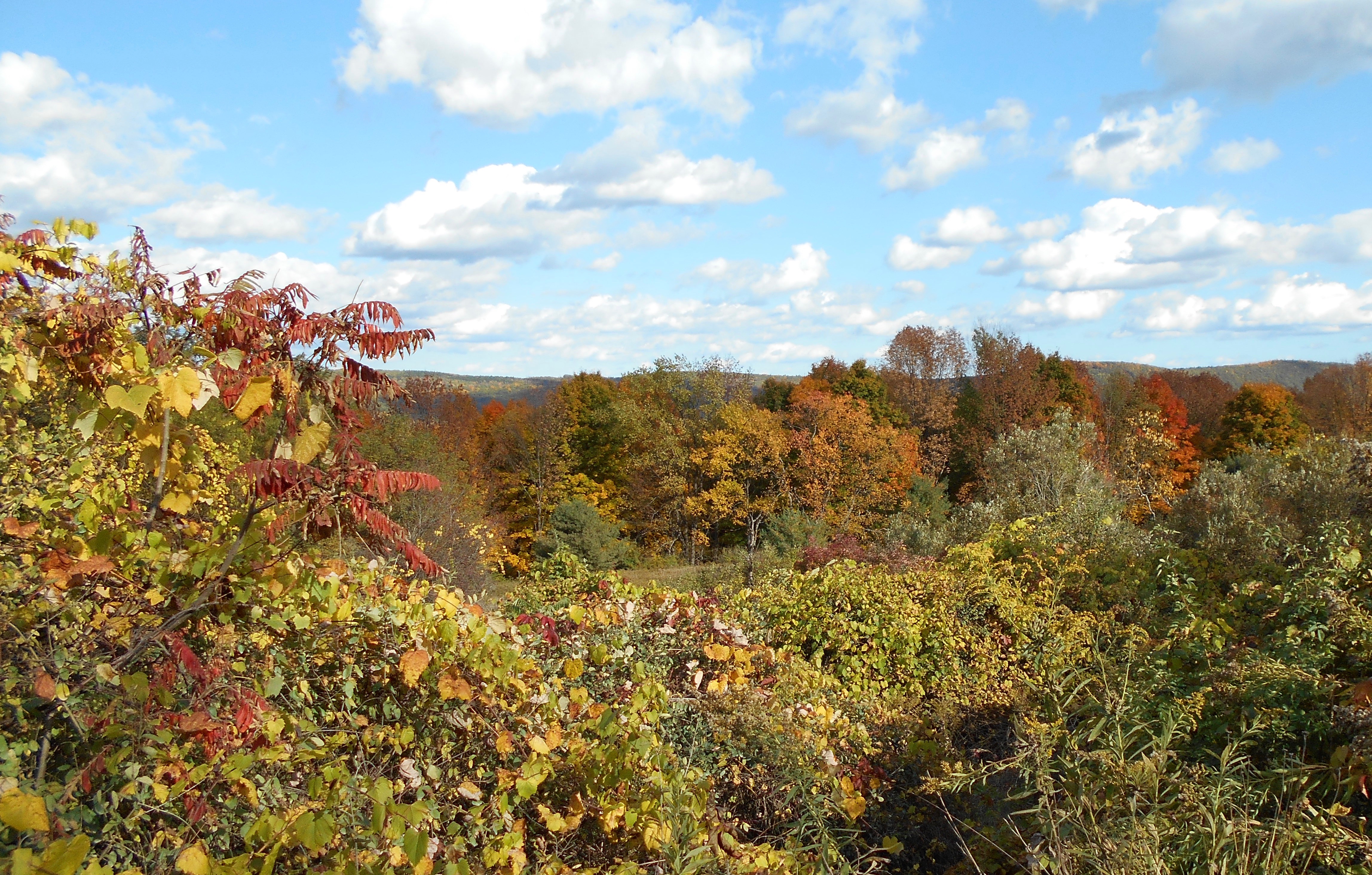Yesterday, I was going to a local movie theatre and a younger person held the door for me. I was surprised. I had the same questioning response when someone gave up a seat for me on a bus or called me “Sir.” I am in my mid-seventies and in apparently good physical shape. Were these gestures just politeness? Or was it an assumption or a stereotype of the physical capabilities of those with gray hair and wrinkles?
Or was it respect? How do people see me? Do younger people see me in any way like I see myself? Does my age make me seem dignified? Knowledgeable? Or fragile?
It’s difficult to believe, to really feel and acknowledge, we’re getting old or older. In my mind, like almost everyone I know who’s near my age, I’m 30 or 40 years younger than I am. Our psyche hasn’t caught up with our body. To ourselves, on the inside, we might feel young. Vibrant. But others see us from the outside.
We’re always aging, and we’re always aging together. So, if we don’t value all phases of life, even being old, even being sick, we cut ourselves off from ourselves and others.
In the 1960s, I remember the talk about not trusting anyone over thirty. As a sixteen to twenty-year-old, I couldn’t imagine being thirty, let alone sixty. Sixty was a time of frailty. I’m constantly astonished that I’m now not anything like I once imagined a person of seventy-plus years to be.
And it’s not because we’re boring that older people talk so frequently about their medical conditions, pains, and doctor visits. It’s partly a way of us saying, “Can you believe I’m going through this? Me?” We might suddenly feel we’re becoming the parents we’ve lost.
And we don’t want to waste time faking the reality of our lives. We want to speak of meaningful things. We want to share and feel in sync with others. And one thing most of us share is pain and wanting to know how to deal with it. How to deal with life and face change and dying.
As we get older, we realize the deep meaning of change and impermanence, but it’s a difficult lesson and can be hard to accept. After a heart procedure, I was told I had to temporarily stop intense or long periods of exercise. So, I did. I cut back drastically, taking only moderate walks on flatter ground. That lasted one day. Then I started counting steps again, or imagining long walks up steep hills and the views I could get. Or imagining exercises I could do.
Imagining I could die from exercise (or at all) was just too difficult. I mean, I could feel all this life around me⎼ the crickets, birds, wind, friends⎼ things, and places I enjoy. I mean, consciousness, except for when sleep (and somewhat even then), has always been there; luckily, no pain or illness has dimmed it for me. Slowed, maybe. But how do we imagine it ceasing, permanently?
We all need to learn, and schools to teach, the psychology of human development and aging. Larger public schools especially are islands of youth and as such are highly artificial and developmentally problematical. Children need to be around people of various ages, who can serve as models and provide care and support. It’s so easy for them, or anyone, when so isolated from other age groups to over-value youth, the example of their peers, and of what’s new and popular. And we can carry this isolation over to our later years….
*To read the whole piece, please go to The Good Men Project.









